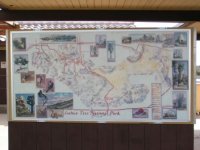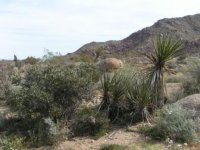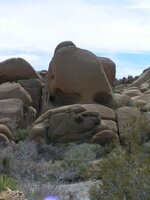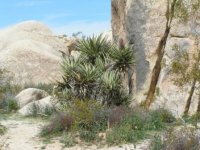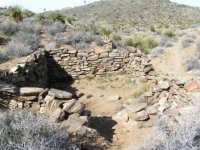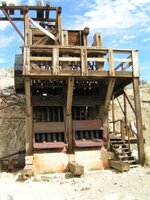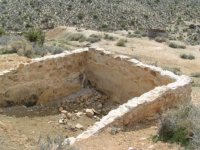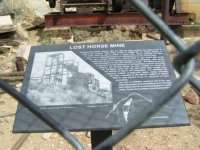pegleglooker
Bronze Member
- Jun 9, 2006
- 1,857
- 238
- Detector(s) used
- ace 250
- Primary Interest:
- All Treasure Hunting
Hey all,
Just took my 1st trip into Joshua Tree Nat'l park... MAN that place is HUGE!!!!
I thought I would share some pics that I got.. Some plants and flowers, some cooooooll rock formations including " skull " rock ( kinda looks like Homer Simpson's skull ) I also went to " lost horse mine " and took some pixs as well.. If anyone can add to this. I am all ears..
) I also went to " lost horse mine " and took some pixs as well.. If anyone can add to this. I am all ears..
PLL
Just took my 1st trip into Joshua Tree Nat'l park... MAN that place is HUGE!!!!
I thought I would share some pics that I got.. Some plants and flowers, some cooooooll rock formations including " skull " rock ( kinda looks like Homer Simpson's skull
 ) I also went to " lost horse mine " and took some pixs as well.. If anyone can add to this. I am all ears..
) I also went to " lost horse mine " and took some pixs as well.. If anyone can add to this. I am all ears..PLL


